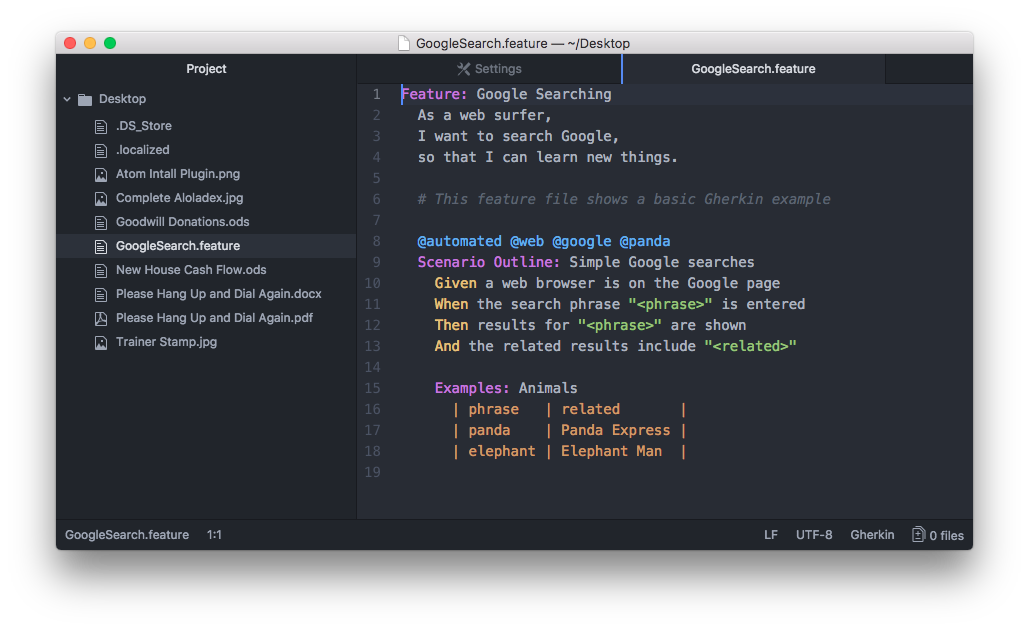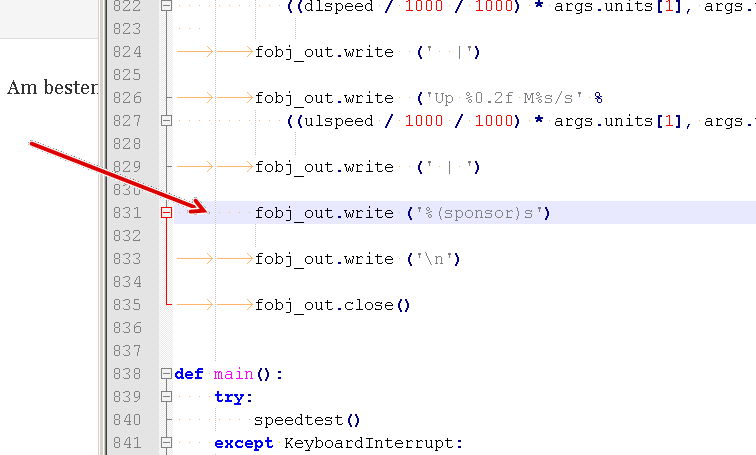

And I will be back to you with the result. Unfortunately, today I can’t test your suggestion. Good luck (and sorry I couldn’t recommend a specific instance for SomeCssChecker.exe)


If you pick a shortcut that already exists (like Ctrl+C), it will say “CONFLICT FOUND!”, and in the Shortcut Mapper, there will be a box telling what it conflicts with either Modify again, or go modify the other conflicting shortcut. Instead, go to the Plugin Comands tab scroll down (or, in new enough Notepad++, type NppExec in the Filter), click on SomeCssChecker, Modify, and select the keyboard shortcut. Go to Macro > Modify Shortcut / Delete Macro oddly enough, even though it’s now in the Macro menu, it doesn’t show up on the Macros tab of Shortcut Mapper. Now looking at Macro menu, “SomeCssChecker” will appear. Click OK and Notepad++ will tell you that you have to restart Notepad++ in order to see it in the Macro menu: so restart. To make a keyboard shortcut, Plugins > NppExec > Advanced Options…, enable Place to the Macros submenu, then go down to Menu Item, set the Item Name: to SomeCssChecker, and Associated Script to SomeCssChecker from the pulldown, then Add/Modify to place it into the list above. When you do run it, the output will go in a “console” windown inside NPP. Then Save…, give it a name like “SomeCssChecker”, Save, and finally OK (to run it right away) or Cancel (if you just wanted to define it, without running immediately). "C:\Program Files\SomeCssChecker\somecsschecker.exe" "$(FILE_NAME)" NppExec (or PythonScript) have ways of putting a command in the menu, so you can bind a keyboard shortcut to it.įor example, if you installed C:\Program Files\SomeCssChecker\somecsschecker.exe, then a possible sequence using NppExec: Plugins > NppExec > Execute: NPP_SAVE I don’t have a plugin … but if you don’t want to have to be online, you could find and download an offline CSS-checker to install on your Windows machine (sorry, I have no recommendations) you could then use the NppExec plugin (or PythonScript, though this seems better suited to NppExec, to me) to launch the external css-checker command on the active file.


 0 kommentar(er)
0 kommentar(er)
